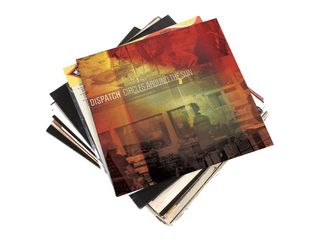
Interview: Dispatch talk Circles Around The Sun track-by-track
“All in all, it was a great experience," says Dispatch singer and multi-instrumentalist Pete Heimbold of the recording sessions for the band's ridiculously catchy new album, Circles Around The Sun. "Because we had taken such a long break from each other, we really grew as people and musicians. If we had kept on as we were, making record after record, this one wouldn't have such depth."
Ten years ago, the Boston-based trio (which also includes singers and multi-taskers Brad Corrigan and Chad Urmston) were the biggest jam outfit this side of Phish. "We were above ground as much as we were underground," says Corrigan. "People had to search us out. They couldn’t turn on the radio or TV and expect to find us. Somebody had to tell them, ‘Hey, you’ve got to check out this band.’ So when people did tap into our music and our story, they went for kind of the full thing."
And right as things were going good, the band called it quits in 2002 - basically because they weren't so good, at least not as far as group morale went. “It got to be too stressful," says Urmston. "We weren’t connecting on a friendship level. It got weird, particularly since our songs are so personal. We had to go our separate ways."
A series of one-off reunion concerts (including a three-night stand at New York's Madison Square Garden) lead to a full-on reformation in 2010. The group issued a rapturously received, self-titled EP last year, setting the stage for the Peter Katis (Interpol,The National)-produced Circles Around The Sun.
According to Heimbold, age, maturity and that thing about time making the heart grow fonder had a dramatic effect on the band. "Ten years ago when we were making records, we’d walk on eggshells around each other," he says. "This time, with all the experiences we’ve had, we learned not to get too caught up on the small things. We're not on each other’s backs. Our discussions are constructive; we're more accepting of each other. To me, those are big steps in the right direction.”
For the most part, recording sessions were loose and casual, with an eye on capturing live, off-the-floor performances. “Sometimes we’d keep the guitars and bass, and other times we’d keep just the drums," says Urmston. "Pete’s song, Feels So Good, was all live and we added the vocals. On other tunes, we’d do things in parts and stages. Sometimes we threw everything at songs, all this different instrumentation. So there wasn’t just one way we recorded. We went for it and took chances sonically.”
Circles Around The Sun will be released on 21 August, and Dispatch will hit the road soon after. For fans dreading that this could turn out to be a one-album, one-tour affair, Corrigan stresses that the band's story will continue.
“The vibe between the three of us is as good as it gets," he says. "It’s all fresh to us. We don’t have to do this, we don’t need it – it’s a gift. Before, we used to feel enslaved to the band. Now it’s something that we really get to enjoy. That's a tremendous feeling."
On the following pages, Heimbold, Urmston and Corrigan walk us through Circles Around The Sun track by track.
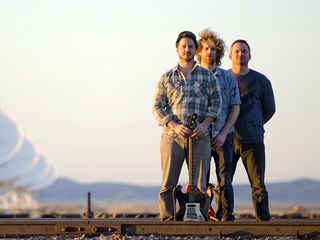
Circles Around The Sun
“I woke up from a dream in Boston with the verse melody in my head," says Urmston. "It didn’t blow me out of the water, but it was a nice, solid melody, nothing too fancy. It sounded fun to sing, so I started messing around with chords, seeing what would work with it.
“It got to the point where I said, ‘OK, what’s this song about?’ I had a bunch of different lyrics for it. One set was about the war, kind of like a soldier coming home. The other was about my friend Larry Perry, who died at the age of 63 last year – he had been severely disabled all his life.
“Brad knew Larry and really connected with the personal side of the story, so I went forward with those lyrics. I knew Brad would be able to sing almost the whole song with me. I really like singing with him; his harmonies are so spot-on. I almost choose songs for Dispatch where Brad can sing whole songs with me.
“It’s got a cool vibe. For a while, the song’s working title was Tom Petty. When I was singing the melody at that tempo, it just lent itself to that kind of Petty feel.”

Not Messin'
“A really fun, collaborative work that Pete and Chad and I did in the studio," says Corrigan. "Most of the time, each one of us comes in with a song that’s about three-quarters written, and then we invite the other guys into the arrangement. With Not Messin’, we just started jamming, and the song unfolded very naturally.
“It’s got a Beastie Boys backbeat to it and a really fun, cool production. Anything we wanted to do, we did – we came up with lots of funny-sounding bells and whistles. Chad came up with a very melodic kind of hip-hop part, and then he sent it out to me. I sang all of the backup vocals on the chorus.
“Literally, during the last 45 minutes of the last day of our studio time, we threw the thing together. We did most of the record together in upstate New York, all of us working face-to-face. But then we ran out of time, so I was working in Denver, Chad was working in Boston and Pete was working in New York. I got this e-mail with Chad’s part in an e-mail, and I started singing against it. It was so fresh – no pre-conceived notions as to what it was supposed to sound like. It’s a really explosive, fun track.”
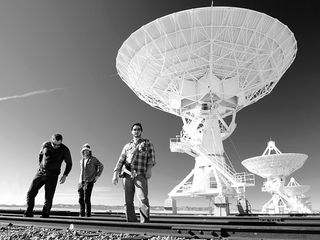
Get Ready Boy
“Chad told me that it’s about leaves falling," says Heimbold. "They’re on the tree, and they’re waiting their whole lives for that moment when they fall off the branch. I thought that was a cool subject for a song.
“The banjo gives it a country feel. Chad presented it, and it was a lot of fun to play straight off. I played a Hagstrom bass on the song. It’s a great bass from the ‘60s. I put it through an Ampeg B-15, which always gets a really cool sound. We played around with different drum kits, but we went with more of an old-school set, something like The Band or Tom Petty might use.”
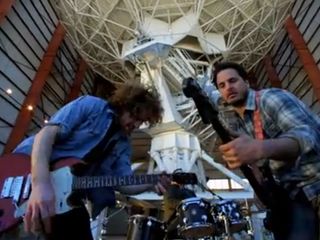
Sign Of The Times
“This one was largely written by Pete, but there was a lot of collaboration," says Urmston. "Pete came up with the riff and then came up with a structure around it. Pete took the first verse, Brad sings the second verse, and I sing the third verse.
“So it was about coming up with that riff, and then working around with harmonies in the chorus and the bridge, and then tweaking a little bit of the words. Brad’s verse is about the war, a soldier, and my verse is more about the Occupy movement.
“Recording the song, we came up with a loop feel – it’s really driving, with weird, ethereal electric guitar and distorted, pumping acoustic guitar. There’s a radio frequency that comes in and out, too. It might be the one tune on the album that was put to a grid; I almost played to a loop.”
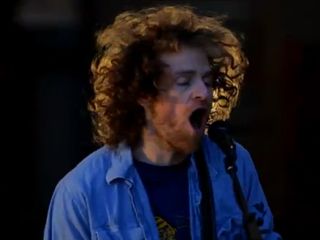
Josaphine
“Chad wrote this one," says Heimbold. "It’s one of those great songs about longing, searching for a girl. Maybe she doesn’t exist, or maybe she does. Or maybe she’ll exist one day. It has that wonderful romantic quality, like something The Band would’ve written, or maybe the Allman Brothers. It’s a great song.
“We were working on it at Water Music in Hoboken – that’s where we did the basics, and we did the vocals in Bridgeport, Connecticut. We were at our producer’s house, and we stuck a mic in the bathroom. That’s where Chad cut the vocal, and it sounded incredible – a really killer vibe.
“Chad plays the guitar solo, and he's got a nice feel going on, like he’s channeling Jimi Hendrix or something.”
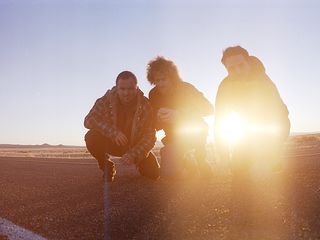
Flag
“It’s sort of a new venture into the Native American story in the United States," says Corrigan. "Having grown up in Colorado, I was surrounded by Native American history. In the airport, you can find shops devoted to Native American artisans – everywhere you look, you see so much history and symbolism.
“I’d never been on a reservation until last year, and the experience of walking on that soil and meeting a lot of folks, families and kids – I saw a lot of beauty and a lot of tragedy. There’s so much for us to learn about and engage in so that we can give the next generation of Native American kids a life, as opposed to being stuck on a reservation. It’s amazing how we’ve pushed them into a corner so that we don’t have to see them.
“The song itself is based on the Sand Creek Massacre, which took place in Eastern Colorado in the late 1860s. It was a very tragic event where 250 people were killed, mostly women, children and the elderly. They were huddling under an American flag and a white surrender flag, and they were told that they would be safe, at all costs. It’s just a disgusting, tragic story, and it really hits home for me.
“On the musical side, it was really fun to record. I wanted the song to feel like [Led Zeppelin’s] The Battle Of Evermore or Going To California – mandolin, banjo, acoustic guitar, just a haunting landscape for the telling of the story. I used an instrument called a chrarango, which is an Argentinian mandolin. It’s got eight strings, but it’s four notes – double-string octaves. There’s a real energy and tension in the song.”
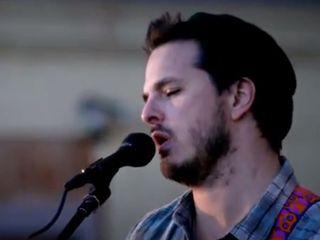
Come To Me
“It’s about going to a friend before you make a mistake in your life, right before you fuck stuff up," says Heimbold. "‘Come to me, come to me, before you need it.’ Maybe you need whatever – a temptation, a fix – and sometimes a friend can help you through that moment.
“The song was pretty much live. I think we kept the scratch vocal. I played a ’64 Fender Strat on it through a Vox AC30. In the middle section, I used a cool pedal by Earthquaker Devices call the Hoof Fuzz. I highly recommend it. It gets a good dirty sound."
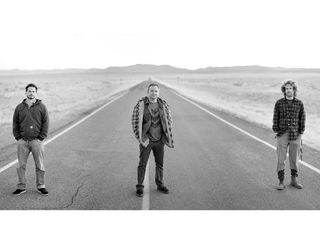
Never Or Now
“There’s almost a ‘50s feel to it, or even something like Weezer might do along those lines," says Urmston. "It’s got that ‘head nod’ thing going for it. We recorded it for our EP, this one and Josaphine, but neither one was done so we saved them for the album.
“I was in Boston when I started messing around with the first line: ‘I really should be going now before it gets too late.’ I think it was because in high school – and this carried forward – I was always moving from place to place. I kind of had to, and then I became a musician, so that became my life. But it was always this protective measure not to put roots down anywhere, and it was out of fear. A fear of… failure?
“There’s a line in the song about trying to will yourself into being somebody else. I think a lot of us share that feeling in high school and beyond. That opportunity to change, or to stay in one place, we can choose to do that. So that’s where the chorus comes in – now or never, or switching it to never or now.
“It was a delight to play and record. Everything was easy about it. We just locked right in. I knew Brad coming in on the ‘never or now’ choruses would be great. The recording process mirrored the easy feel of the song.”
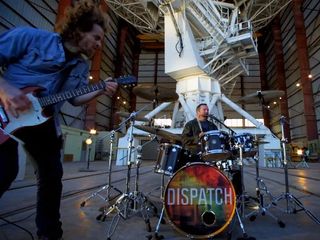
We Hold A Gun
“The primary inspiration for this song was having watched the film Waiting For Superman," says Corrigan. "It’s a documentary on the educational crisis in the United States and where we stand worldwide. The song is from the perspective of friends of ours who are teachers, people who love kids and sacrifice so much for them. People expect so much from these teachers, and they’ve got it hard. If they used to have 25 kids in their class, now they have 35. It is a real crisis. We expect more from teachers as we take away more and more from them.
“I also think about what kids are up against. A lot of them come from broken homes, and their teachers end up being surrogate parents. We undervalue the contribution teachers make and overvalue things like entertainment and sports, movies and pop culture. It would be great to incentivize teachers the same way we do people who have other skills.
“It’s the first song I wrote on the piano for Dispatch, which was pretty unique for me. We played it in the studio and picked three or four keyboard sounds to layer into it. It’s got a really cool ethereal, cinematic production. There’s a great bassline intro that we just love, and some melancholy moments. The harmonies really drive the tune, the bridge is really strong, and it’s got an incredible crescendo. We’re really happy with it.”
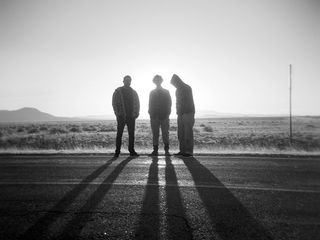
Feels So Good
“It’s about my son being born, which is such a great moment in my life," says Heimbold. "I just wanted to write a song about it. It was really fun to record because we did the basic tracks in one take – guitar, bass drums.
“We had some friends around, so we got kind of a chorus of voices: ‘Feels so good now!... Feels so good now!’ That was a cool experience.
“I love the Hammond B3 on the track. I could have it on every song – that’s how much I love it. For the guitar solo, I had my old National acoustic and played it outside. It was a nice fall evening, and there were crickets chirping, so we set up a ribbon mic and captured that. A cool vibe.”

Joe is a freelance journalist who has, over the past few decades, interviewed hundreds of guitarists for Guitar World, Guitar Player, MusicRadar and Classic Rock. He is also a former editor of Guitar World, contributing writer for Guitar Aficionado and VP of A&R for Island Records. He’s an enthusiastic guitarist, but he’s nowhere near the likes of the people he interviews. Surprisingly, his skills are more suited to the drums. If you need a drummer for your Beatles tribute band, look him up.
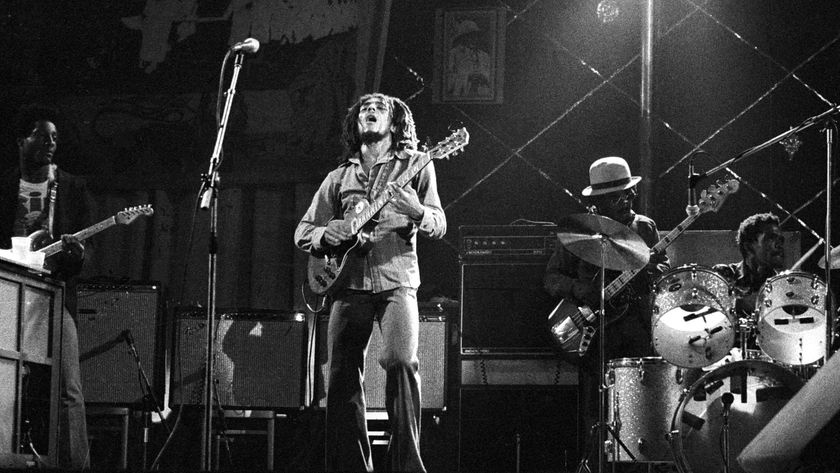
"Reggae is more freeform than the blues. But more important, reggae is for everyone": Bob Marley and the Wailers' Catch a Fire, track-by-track
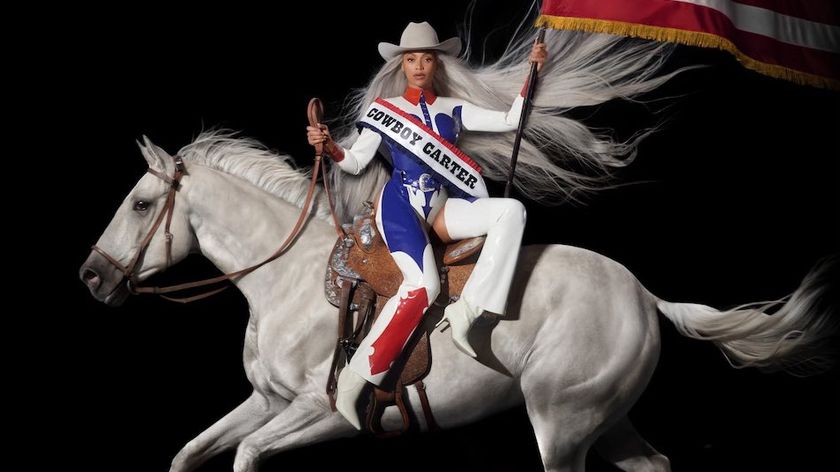
“Part of a beautiful American tradition”: A music theory expert explains the country roots of Beyoncé’s Texas Hold ‘Em, and why it also owes a debt to the blues

"Reggae is more freeform than the blues. But more important, reggae is for everyone": Bob Marley and the Wailers' Catch a Fire, track-by-track

“Part of a beautiful American tradition”: A music theory expert explains the country roots of Beyoncé’s Texas Hold ‘Em, and why it also owes a debt to the blues

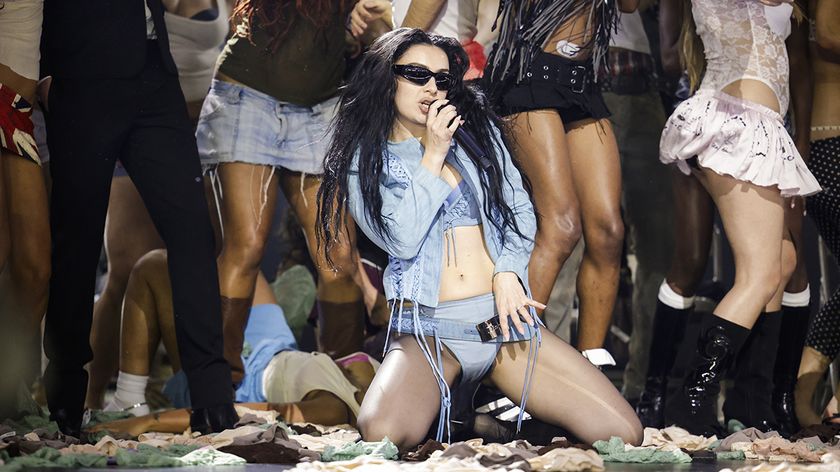
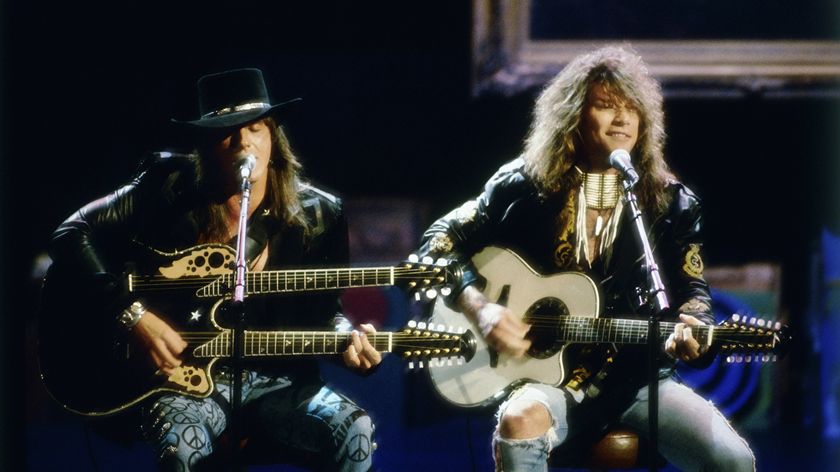
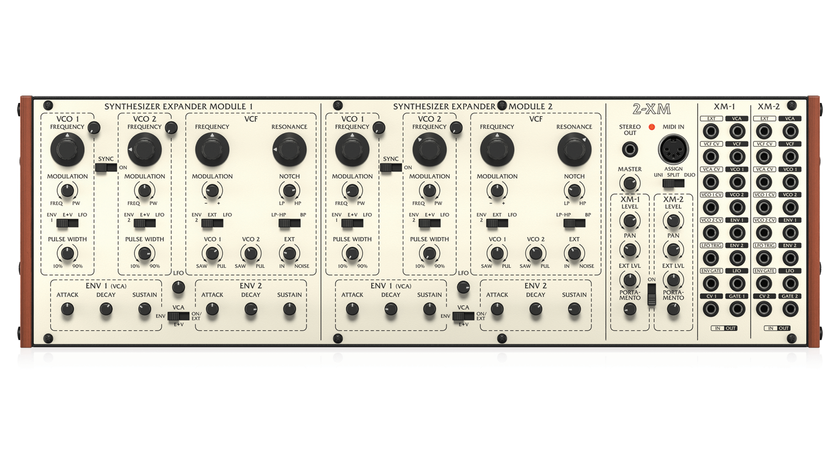
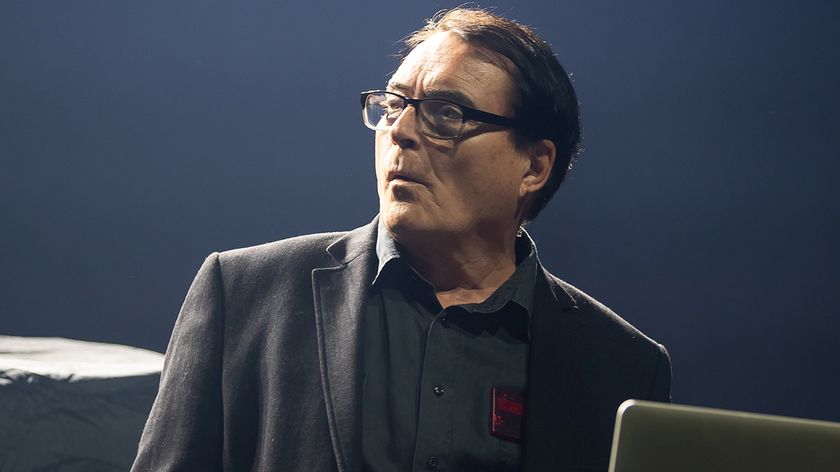
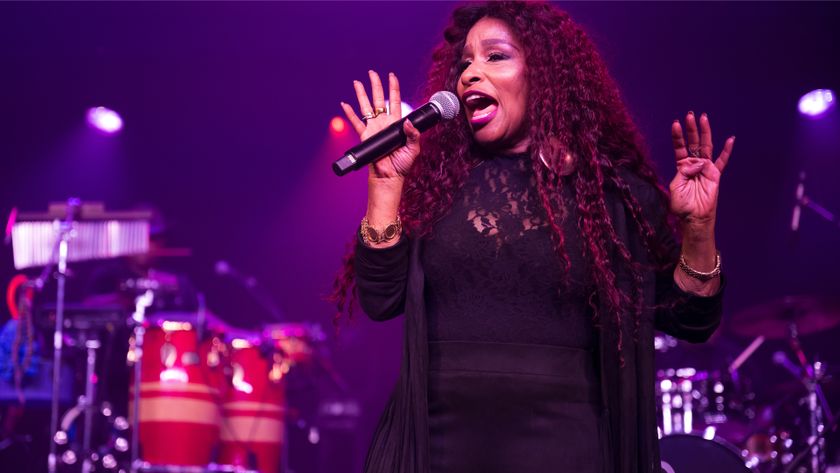
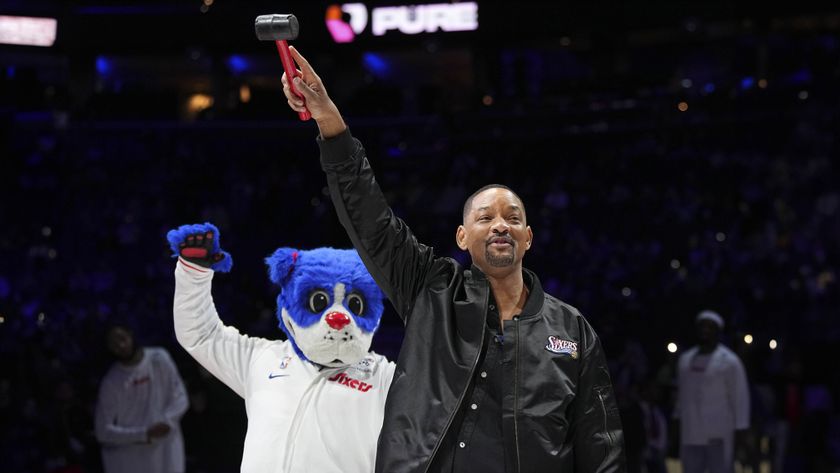


![Chris Hayes [left] wears a purple checked shirt and plays his 1957 Stratocaster in the studio; Michael J. Fox tears it up onstage as Marty McFly in the 1985 blockbuster Back To The Future.](https://cdn.mos.cms.futurecdn.net/nWZUSbFAwA6EqQdruLmXXh-840-80.jpg)